Recipes Macaroni And Cheese Biography
Source(google.com.pk)
Make your own gooey, delicious macaroni and cheese with this no-fail macaroni and cheese recipe. You'll learn how to get the perfect creamy macaroni and cheese consistency, plus the history of mac and cheese and how it became popular in America.
Martha Stewart Living, February 1999
Thomas Jefferson, purportedly a great lover of both cheese and Italian food, brought a macaroni maker back from Italy and served his baked macaroni and cheese at dinner parties.
If you have ever managed to have a lucid thought while eating this gooey, delicious dish, it may have been to wonder how macaroni and cheese -- American cheese melted into a traditional British white sauce served over Italian pasta -- came about. It all started during the age of European colonization, when seafaring men transported dried macarone -- one of the few staples that could survive a year aboard ship -- from Italy to Britain and to the American colonies.
American colonists did not have the selection of fresh produce and other ingredients that the Italians had; their meals were improvised from a larder of fresh or sour milk, stale bread, and pork drippings. So the imported pasta would often be served with a simple white sauce -- milk thickened with flour and butter. Sometimes it was baked in a casserole with buttered breadcrumbs on top. A recipe for a casserole of macaroni, white sauce, and grated yellow cheese was first recorded in the "Boston Cooking School Cookbook" in 1896.
Kraft introduced its macaroni-and-cheese dinner in 1937 as a way to market processed American cheese and Tenderoni macaroni. It swept the nation. Recipes for homemade macaroni and cheese began to appear frequently in cookbooks.
Nowadays, making delicious homemade macaroni and cheese has become a mission for some people: They are always trying to make it more comforting, cheesier. It's a completely worthwhile way to spend your time.
To begin, you still need to make a white sauce. A generous amount of butter is melted in a large saucepan, and then flour is stirred into it to make a loose paste. After the flour has cooked in the hot butter, hot milk is whisked in. The starch from the cooked flour expands in the milk, creating a thick, creamy sauce. The starch binds the sauce, so that when the cheese is stirred in, the result is creamy and smooth, not stringy and curdled.
It is important to use pungent cheeses, such as sharp cheddar, mixed with a little Gruyere or pecorino Romano for extra bite, since the white sauce and pasta will absorb a lot of flavor. The type of cheese used will also affect the sauce's texture: Sharp white cheddar produces the smoothest result; yellow and extra sharp cheddars can become grainy.
A good Italian brand of dried elbow macaroni will have the best consistency. Undercook your pasta so that it is the slightest bit crunchy (very al dente) in the center, then rinse it under cold water. This stops the cooking and washes off the excess starch. You might think that starch would be useful in further thickening the casserole, but it isn't; as it bakes, that extra starch merely expands and lends a mealy texture to your sauce.
The pasta will finish cooking as it bakes. The sauce will bubble, seeping into the hollows of your macaroni. When the smell of butter and browning cheese makes your stomach growl, you'll know the dish is ready to eat.
Perfect Macaroni and Cheese How-To
You can easily divide this recipe in half; use a 1 1/2-quart casserole dish if you do.
Serves 12
6 slices good-quality white bread, crusts removed, torn into 1/4- to 1/2-inch pieces
8 tablespoons (1 stick) unsalted butter, plus more for dish
5 1/2 cups milk
1/2 cup all-purpose flour
2 teaspoons kosher salt
1/4 teaspoon freshly grated nutmeg
1/4 teaspoon freshly ground black pepper
1/4 teaspoon cayenne pepper
4 1/2 cups (about 18 ounces) grated sharp white cheddar
2 cups (about 8 ounces) grated Gruyere or 1 1/4 cups (about 5 ounces) grated pecorino Romano
1 pound elbow macaroni
1. Heat the oven to 375 degrees. Butter a 3-quart casserole dish; set aside. Place bread pieces in a medium bowl. In a small saucepan over medium heat, melt 2 tablespoons butter. Pour butter into the bowl with bread, and toss. Set the breadcrumbs aside. In a medium saucepan set over medium heat, heat milk. Melt remaining 6 tablespoons butter in a high-sided skillet over medium heat. When butter bubbles, add flour. Cook, stirring, 1 minute.
2. Slowly pour hot milk into flour-butter mixture while whisking. Continue cooking, whisking constantly, until the mixture bubbles and becomes thick.
3. Remove the pan from the heat. Stir in salt, nutmeg, black pepper, cayenne pepper, 3 cups cheddar, and 1 1/2 cups Gruyere or 1 cup pecorino Romano. Set cheese sauce aside.
4. Fill a large saucepan with water. Bring to a boil. Add macaroni; cook 2 to 3 fewer minutes than manufacturer's directions, until outside of pasta is cooked and inside is underdone. (Different brands of macaroni cook at different rates; be sure to read the instructions.) Transfer the macaroni to a colander, rinse under cold running water, and drain well. Stir macaroni into the reserved cheese sauce.
5. Pour the mixture into the prepared casserole dish. Sprinkle remaining 1 1/2 cups cheddar and 1/2 cup Gruyere or 1/4 cup pecorino Romano; scatter breadcrumbs over the top. Bake until browned on top, about 30 minutes. Transfer dish to a wire rack to cool for 5 minutes; serve
Recipes Macaroni And Cheese

Recipes Macaroni And Cheese
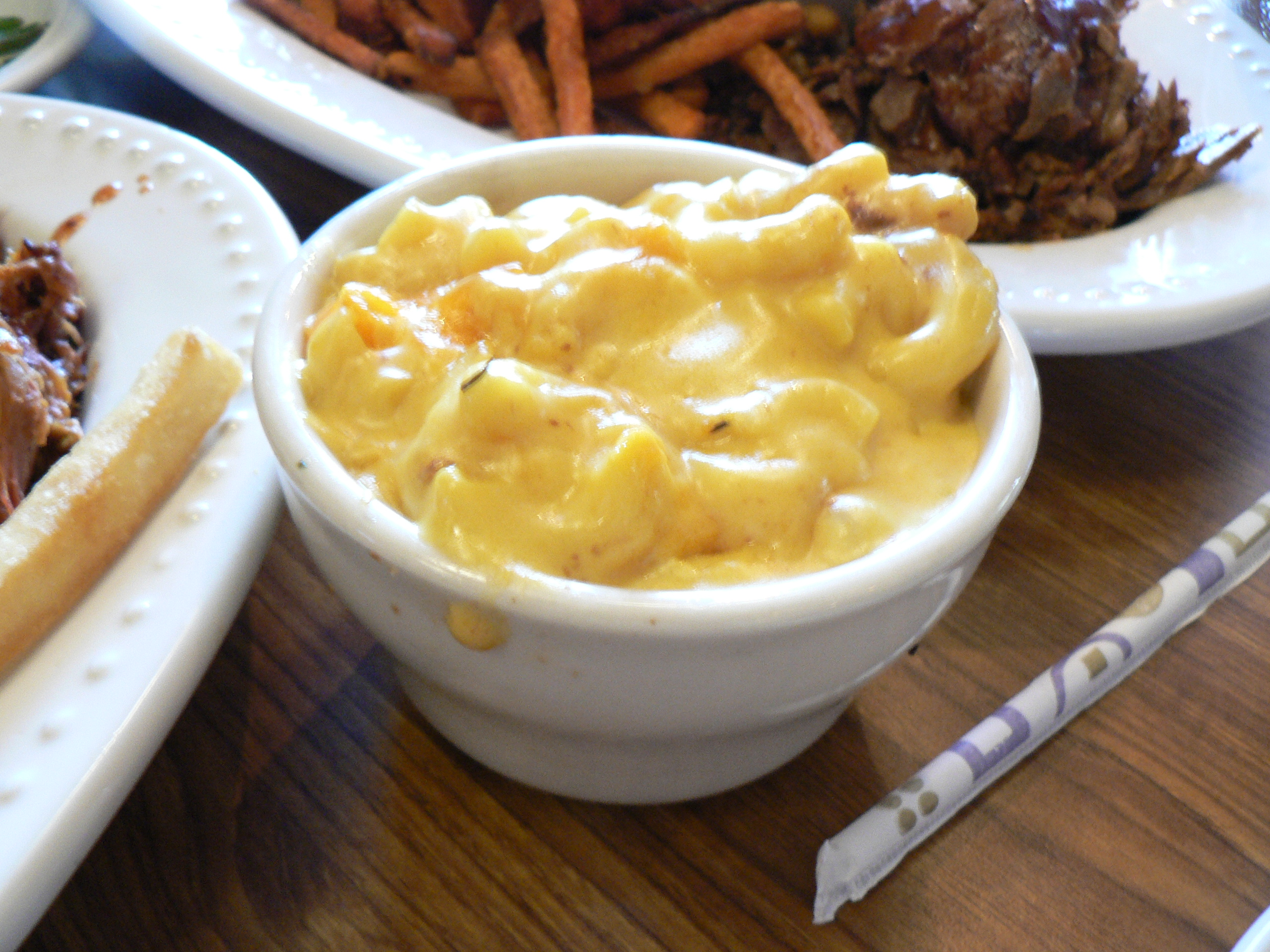
Recipes Macaroni And Cheese
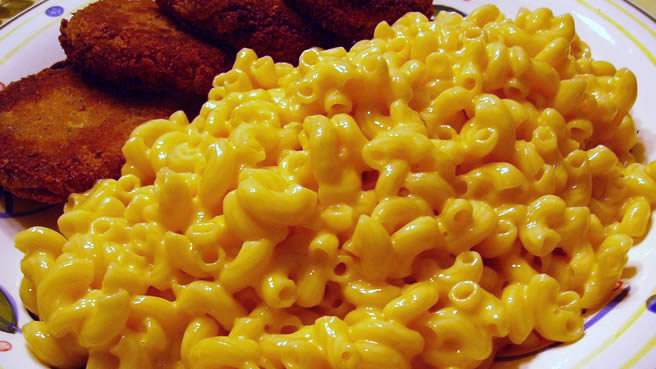
Recipes Macaroni And Cheese

Recipes Macaroni And Cheese

Recipes Macaroni And Cheese

Recipes Macaroni And Cheese

Recipes Macaroni And Cheese

Recipes Macaroni And Cheese
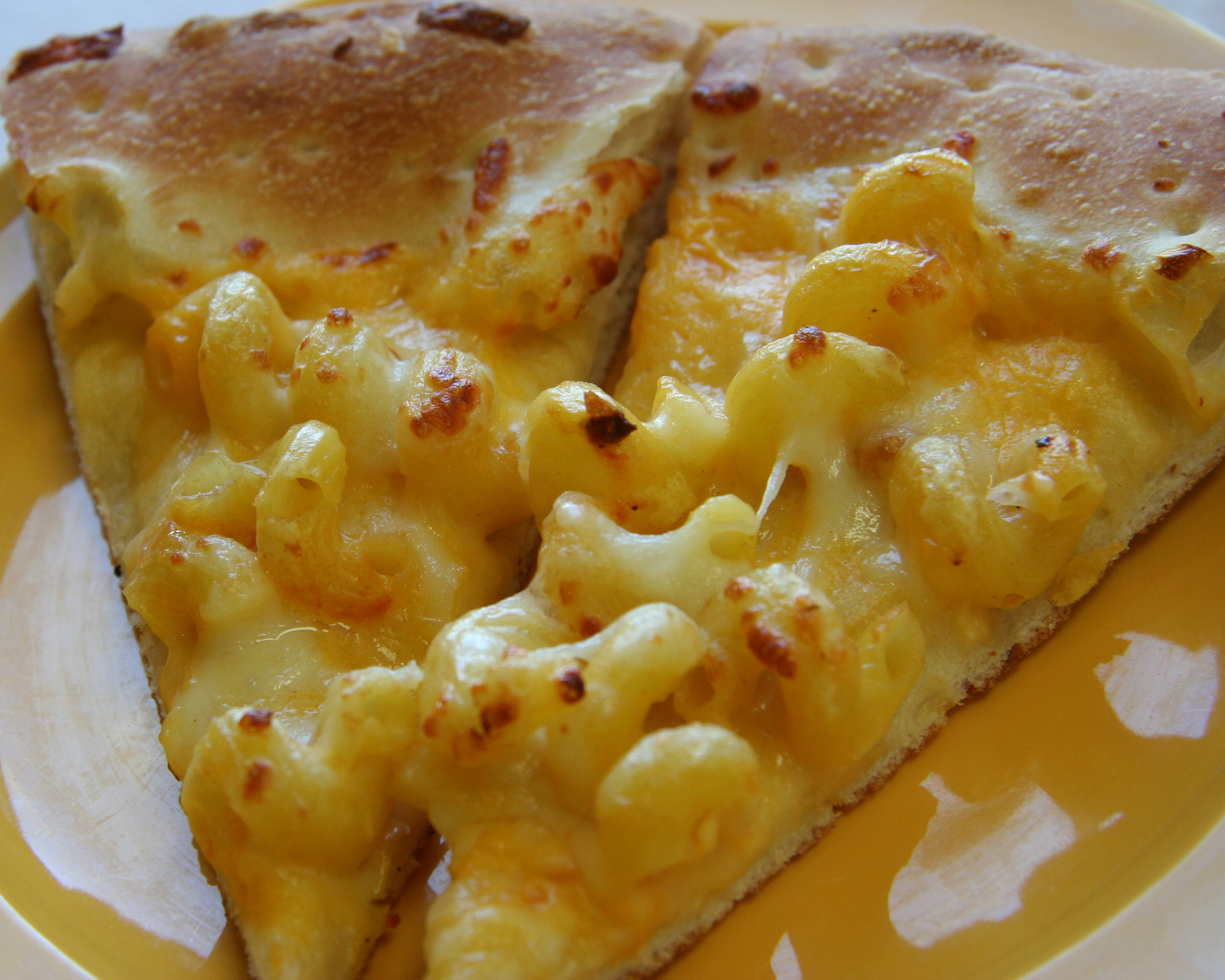
Recipes Macaroni And Cheese

Recipes Macaroni And Cheese

Recipes Macaroni And Cheese

Recipes Macaroni And Cheese
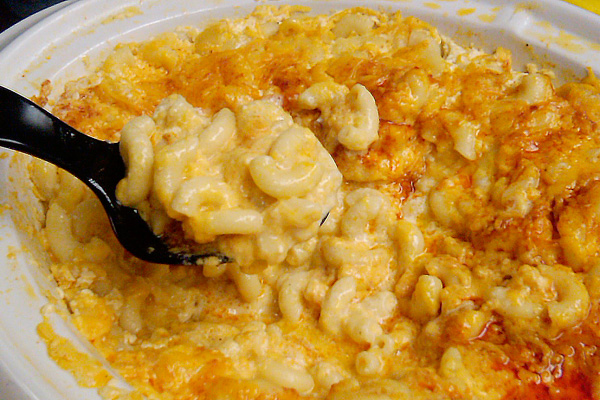
Recipes Macaroni And Cheese
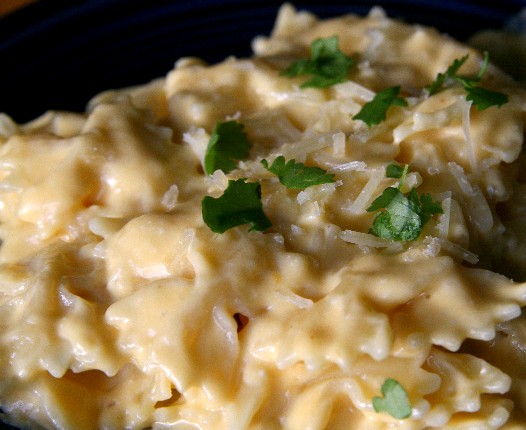
No comments:
Post a Comment